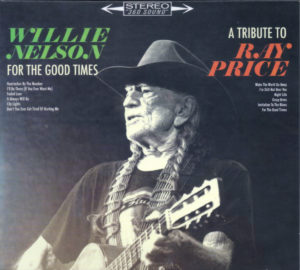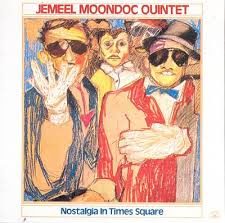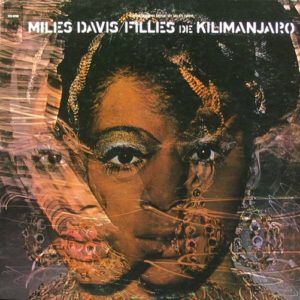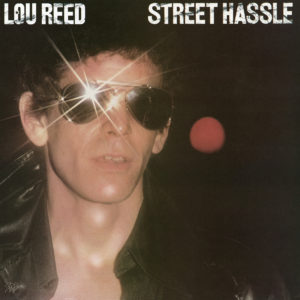Willie Nelson – For the Good Times: A Tribute to Ray Price Legacy 88985315522 (2016)
The opening “Heartaches by the Numbers” is fairly good, and the follow-up “I’ll Be There (If You Ever Want Me)” has decent pedal steel (from The Time Jumpers). From there, though, there is nothing but varying degrees of schmaltz. The cloying orchestration by Bergen White is really too much. And often the orchestration is pointless too, as on “Faded Love,” where there is an orchestra introduction that drops off and does not return. It is as if the label paid for the orchestra in advance and felt like they needed to get their money’s worth. Take a hard pass on this one.




